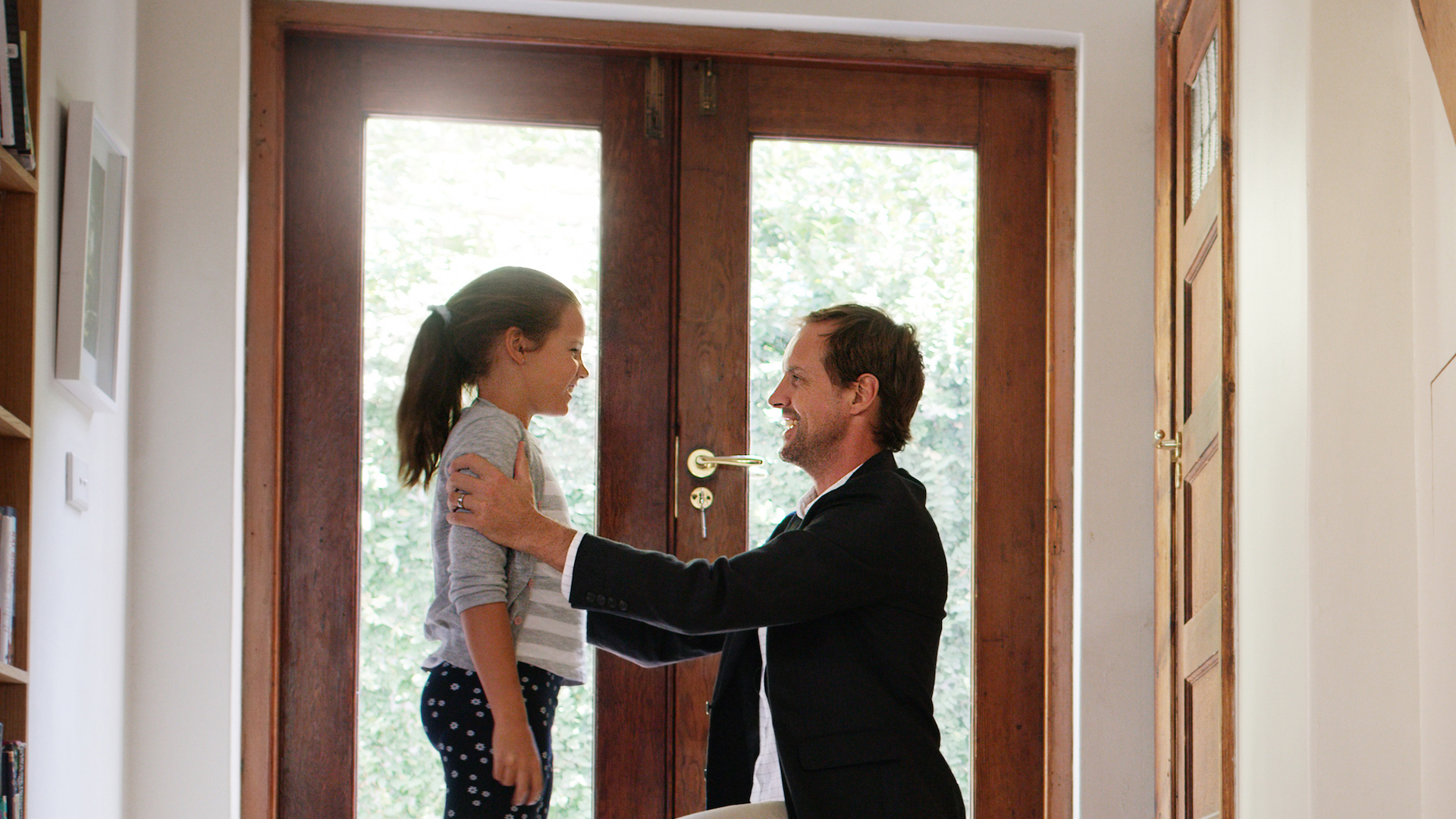
July 10, 2023
When a family experiences the wrenching effects of domestic violence, the court system steps in to protect the innocent, especially the children. One critical component of this system is supervised visitation, which ensures that noncustodial parents maintain their relationships with their children in a secure and supportive environment. Navigating this process can seem daunting, especially after the turbulence of a domestic violence case. To help you on this journey, we have put together this guide for both custodial and noncustodial parents.
Supervised visitation is a court-ordered arrangement where a neutral third party, often a professional monitor, oversees interactions between a noncustodial parent and their children. This setup safeguards the child's physical and emotional well-being while enabling the continuation of a parent-child relationship, albeit within a controlled environment.
Post domestic violence, supervised visitation can seem like an uphill battle. It's a path laden with emotions, uncertainties, and adjustments. However, remember that the ultimate aim is the well-being of the child – an objective both parents undoubtedly share.
Navigating this process doesn't have to be an isolating experience. Reach out to support groups, mental health professionals, and your community for guidance and comfort. Make use of resources that your supervised visitation service offers, like counseling and educational programs.
At the end of the day, it's essential to remember that it's a transition phase aimed at healing and building safer relationships. Each successful visit is a step towards a better, more peaceful future for your child, and every challenge faced along the way is a testament to your resilience and love as a parent.
If you need assistance or have any questions about supervised visitation, do not hesitate to reach out to us. We are here to help you navigate this challenging journey.
Resources:
National Council of Juvenile and Family Court Judges. (2016). Supervised Visitation and Safe Exchange. Retrieved from (Website)
Office of Justice Programs. (2020). Supervised Visitation. Retrieved from (Website)